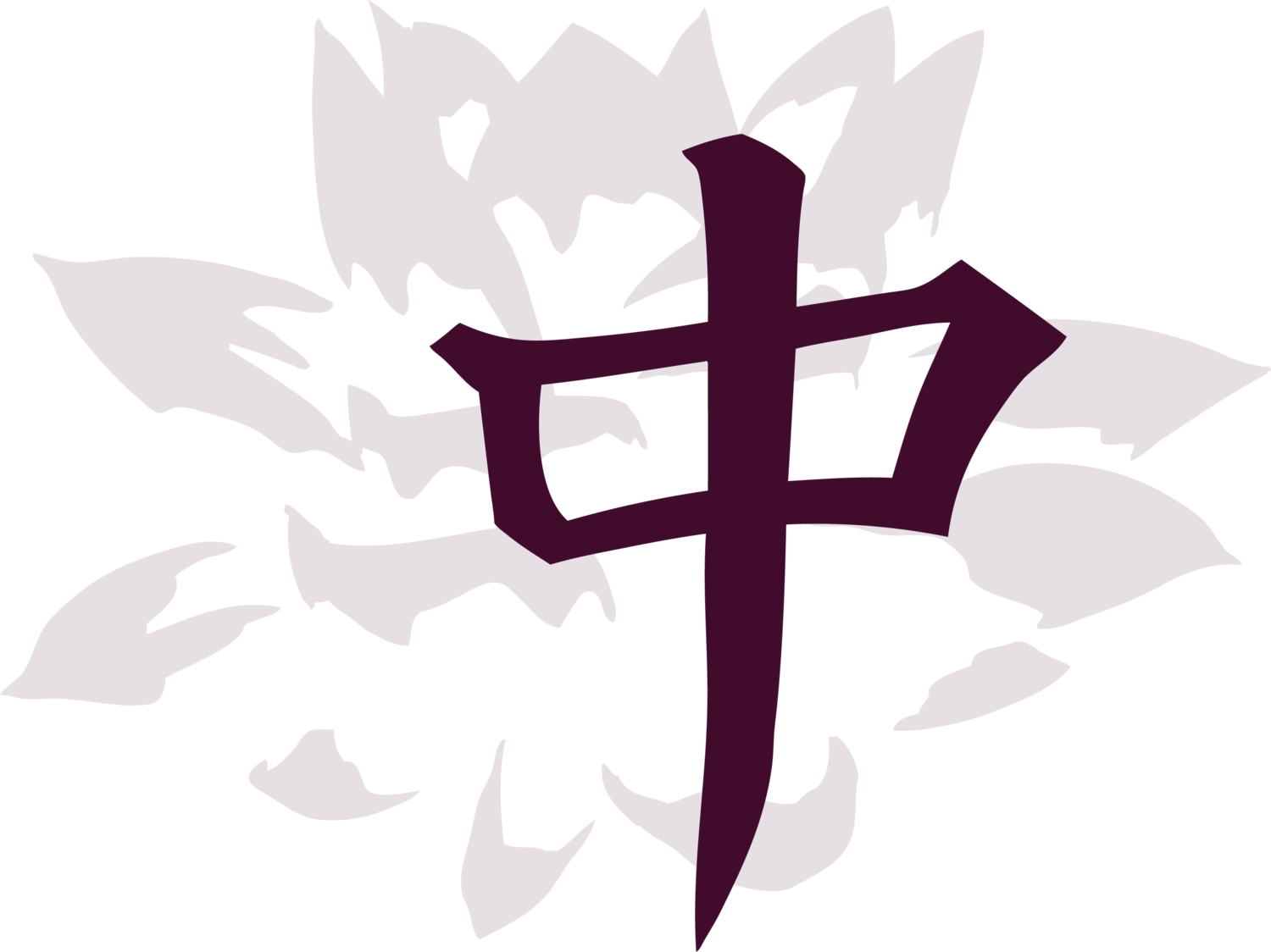What can I expect?
The main belief of Traditional Chinese Medicine is that illness and pain come about when the body is out of balance. This can happen for many reasons like over work, injury, or even stress and anxiety. Very simply, acupuncture helps achieve balance and alleviate pain by placing needles in specific points located on pathways, or meridians, of the body.
Although there are acupuncture points covering the whole body, the most common points are between the knee and ankle, between the elbow and wrist, and on the abdomen and back. Everyone responds differently to acupuncture, but most people feel a deep sense of relaxation or heaviness.
The effects of acupuncture are also varied, but one generally sees improvement within the first 3 treatments, with the usual course of treatment being 8-10 visits. Some people need more treatments, some need only a few. To be true partners on your health journey, you must believe, as I do, that you are worth the investment of time and energy.
What is QI?
Qi (chee) is a word that is inseparable from acupuncture and Traditional Chinese Medicine; it is also one of the most difficult concepts to explain and conceptualize. Very simply, Qi is energy, and this energy has two qualities: yin and yang. These two energies are constantly in flux, trying to balance each other in order to create harmony.
But I don’t like needles…
You are probably thinking of needles used for administering shots, which are significantly different than acupuncture needles. The needles used for acupuncture are as fine as a hair and are made of polished stainless steel. These needles are single use only and disposed of after the treatment. Most people feel only a brief prick (think tiny mosquito) when the needle is inserted. After the needles are inserted, most people become very relaxed, some even drift off to sleep. Some have described the relaxation after the session akin to a massage.

